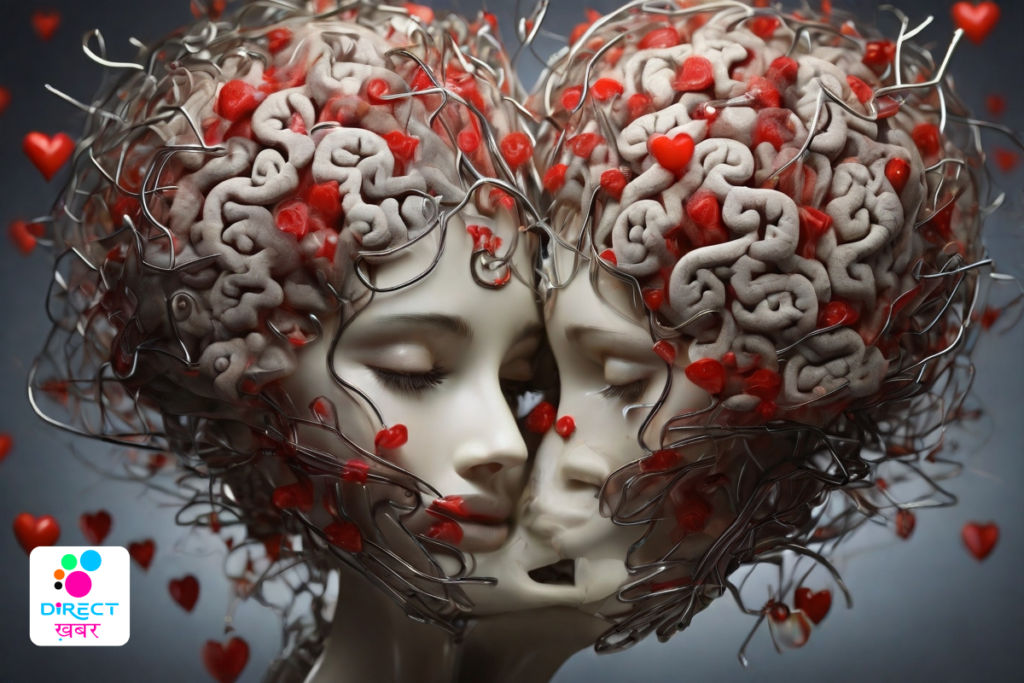The Neuroscience of Love: How Our Brains Respond to Affection
Affection is a complex emotion that has fascinated humanity for centuries. While poets, philosophers, and artists have explored its depths, scientists have also delved into the neuroscience behind affection. This article will explore how our brains respond to affection, shedding light on the intricate mechanisms that underpin our experiences of affection and attachment.
In this exploration of the neuroscience of affection, we embark on a journey through the neural pathways and chemical reactions that shape our experiences of affection and attachment. Through the lens of scientific inquiry, we seek to uncover the underlying mechanisms that drive our deepest emotions and shape our closest relationships.

The Chemistry of Love:
At the heart of affection lies a symphony of neurotransmitters and hormones that orchestrate our emotional responses. Dopamine, often dubbed the “pleasure chemical,” floods our brains during moments of affection and desire, creating feelings of euphoria and reward. Similarly, oxytocin, known as the “bonding hormone,” plays a crucial role in forming emotional connections and fostering attachment between individuals.
Brain Imaging Studies:
Advancements in neuroimaging techniques, such as functional magnetic resonance imaging (fMRI), have allowed researchers to peer into the brains of individuals in affection. These studies have revealed that regions of the brain associated with reward, such as the ventral tegmental area (VTA) and nucleus accumbens, light up in response to romantic stimuli. Moreover, areas involved in social cognition and empathy, such as the prefrontal cortex and anterior cingulate cortex, also show heightened activity during experiences of affection.
The Evolutionary Perspective:
From an evolutionary standpoint, affection serves as an adaptive mechanism that promotes reproduction and caregiving behaviors. The attachment system, shaped by millions of years of evolution, ensures the survival of offspring by fostering bonds between parents and their children. Additionally, romantic affection may have emerged as a way to promote pair bonding and cooperation between mates, increasing the likelihood of successful reproduction and offspring rearing.
The Role of Attachment Styles:
Attachment theory, proposed by psychologist John Bowlby, suggests that our early experiences with caregivers shape our attachment styles and influence our adult relationships. Individuals with secure attachment styles tend to have healthy, stable relationships characterized by trust and intimacy. In contrast, those with insecure attachment styles may struggle with issues such as fear of abandonment or difficulty forming close connections.
Love and Mental Health:
The impact of love extends beyond mere emotional fulfillment, influencing our mental and physical well-being. Research suggests that being in a loving relationship can have numerous health benefits, including lower stress levels, reduced risk of depression, and even improved immune function. Conversely, the absence of love or experiencing relationship distress can contribute to feelings of loneliness, anxiety, and poor health outcomes.

Cultural Variations in Love:
While the neurobiology of love may be universal, cultural factors shape how love is expressed and experienced across different societies. Cultural norms, beliefs, and values influence relationship dynamics, mate selection criteria, and the expression of affection. Understanding these cultural variations provides valuable insights into the diverse manifestations of love worldwide.
The Dark Side of Love:
Despite its many positive attributes, love can also be fraught with challenges and pitfalls. Unrequited love, jealousy, and heartbreak are common experiences that can elicit intense emotional distress. Moreover, dysfunctional relationship patterns, such as codependency or emotional abuse, can have detrimental effects on individuals’ mental and emotional well-being.
In summary, the neuroscience of love offers a fascinating glimpse into the inner workings of the human brain and its response to affection. From the release of neurotransmitters to the activation of specific brain regions, love leaves its mark on our neural circuitry, shaping our emotions, behaviors, and relationships. By unraveling the mysteries of love, we gain deeper insights into what it means to be human and how we navigate the complexities of our social world.






